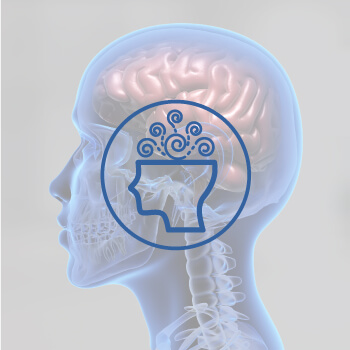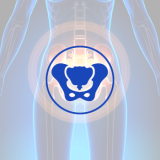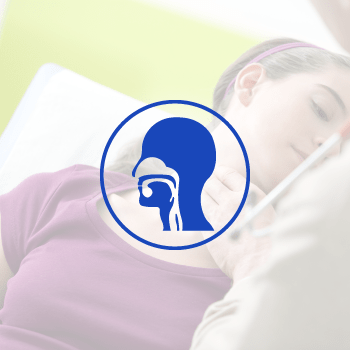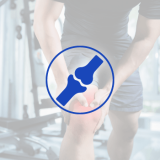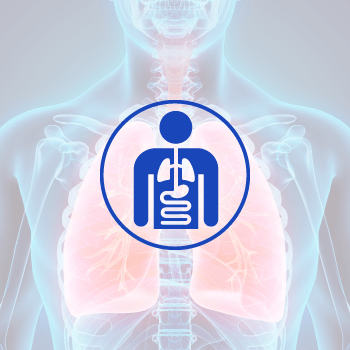HAND SURGERY
The hand is considered one of the most complex structures in the human body due to its intricate anatomy. Your hands are a complex system of various bones, joints, ligaments, tendons, muscles, nerves and blood vessels. Our hands are one of our most important organs; any issue affecting our hands can have a detrimental effect on our daily lives. The hand is one part of the body that is very susceptible to injury or disease.
Some of these conditions include:
- Traumatic injuries:
- Fractures
- Tendon injuries
- Digit amputation
- Lacerations with nerve
- Blood vessel damage.
- Congenital deformities:
- Congenital constriction band syndrome
- Overgrowth of digits
- Undergrowth of digits
- Duplication of digits
- Failure of part of the hand to separate (syndactyly)
- Underdeveloped fingers or thumbs.
- Arthritis related deformities:
- Osteoarthritis
- Rheumatoid Arthritis (RA)
- Overuse injuries:
- Carpal Tunnel Syndrome
- Trigger finger
- DeQuervain’s Synovitis.
- Infections: Hand infections are commonly seen in people with diabetes as they have poor blood circulation in the extremities.
- ARTHRITIS OF THE HAND & WRIST
- ARTHRITIS OF THE THUMB
- BOUTONNIERE DEFORMITY
- CARPAL TUNNEL SYNDROME
- DE QUERVAIN’S TENDONOSIS
- GANGLION (CYST) OF THE WRIST
- TRIGGER FINGER
- DUPUYTREN’S CONTRACTURE
Arthritis is an inflammatory condition of joints. Some of the common symptoms include swelling, wrist pain, stiffness, and malformation all of which interfere with use of the hand. Rheumatoid arthritis, osteoarthritis and wrist injuries can cause inflammation in the wrist joint.
Thumb arthritis is more common in women than men, and is common with aging and occurs when cartilage wears away from the ends of the bones that form the joint at the base of your thumb — also known as the carpometacarpal (CMC) joint. Patients who have thumb arthritis may feel severe pain, swelling, and decreased strength and range of motion, making it difficult to do simple tasks, such as holding a mobile phone and opening a bottle.
Boutonnière deformity is a condition in which a tendon injury to the middle joint of the finger results in the inability to straighten the affected finger.
Symptoms
- Swelling
- Pain
- Restricted movement
Carpal Tunnel Syndrome is caused by compression of the median nerve at the wrist area.
Symptoms
- Numbness and tingling sensation in all the fingers
- Pain and burning sensation in hand and wrist
- Weakness in hand with diminished grip strength
De Quervain’s Tenosynovitis is a hand condition affecting a patient’s ability to control movement of their thumb. It commonly referred to as “Blackberry thumb” from typing and texting on small handheld devices.
Symptoms
- Pain and tenderness to the thumb base and wrist area near the thumb
- Swelling to the wrist area near the thumb
- Fluid filled cyst may occur at the thumb base
- Difficulty or inability to grip objects
- Impaired thumb function affecting daily activities
Ganglion cysts are noncancerous, generally harmless and disappear without any treatment. However, if the cyst becomes painful or interferes with hand movement, they can be treated non-surgically or removed surgically.
Symptoms
-
Ganglion cysts can manifest as a visible bump or can be hidden under the skin. They may or may not be painful.
Trigger Finger, also known as stenosing tenosynovitis or flexor tendonitis, is a condition where one of the fingers or thumb of the hand is caught in a bent position.
Symptoms
- Finger movement creates a “popping” or “clicking” sound or sensation
- Finger feels stiff and sore
- Finger becomes bent with inability to straighten
Dupuytren’s contracture is abnormal thickening of the fibrous tissue layer under the skin of palms, fingers, and hands which leads to curving of the finger.
Factors & Symptoms
Hereditary factors, excessive alcohol consumption, diabetes, seizures, and increased age may increase the risk of developing the condition. It commonly occurs in the ring finger and little finger.












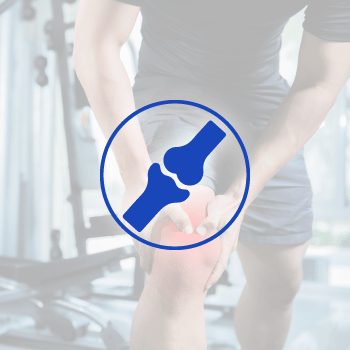 أنقر هنا
أنقر هنا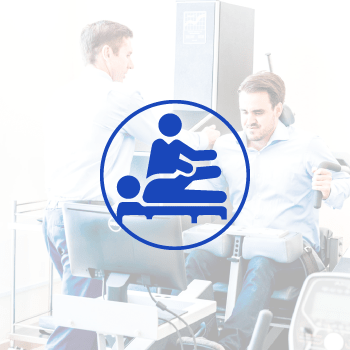 أنقر هنا
أنقر هنا
